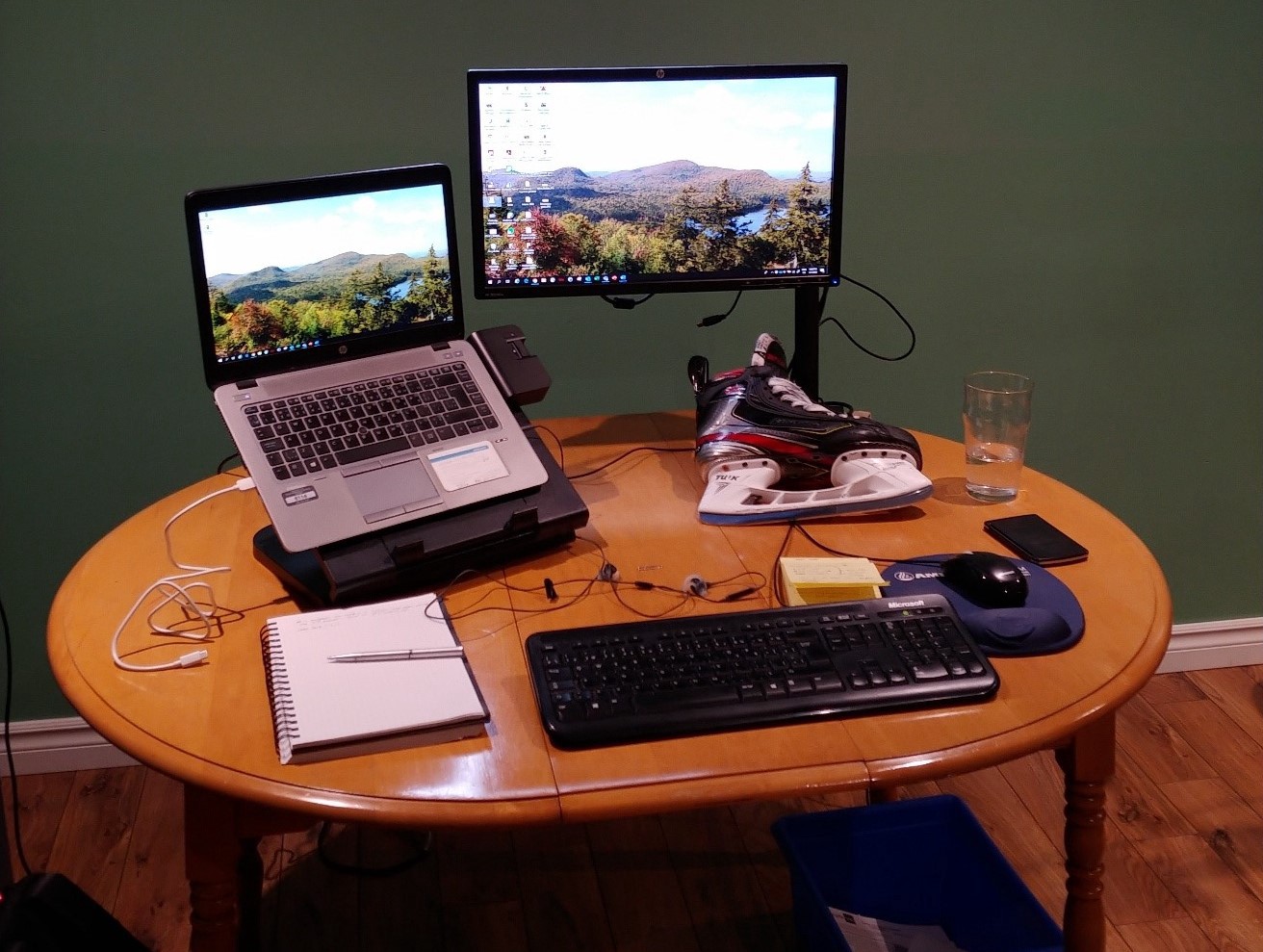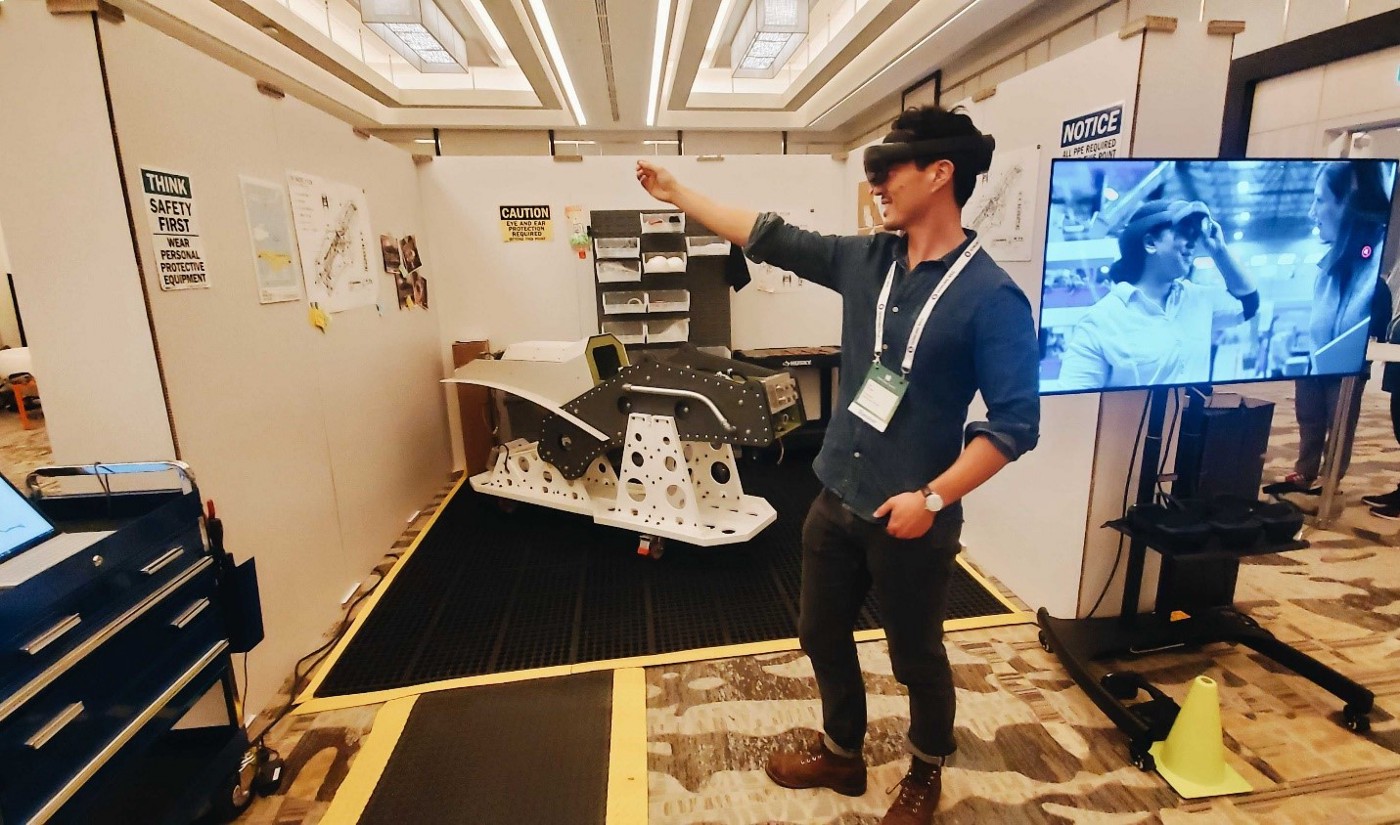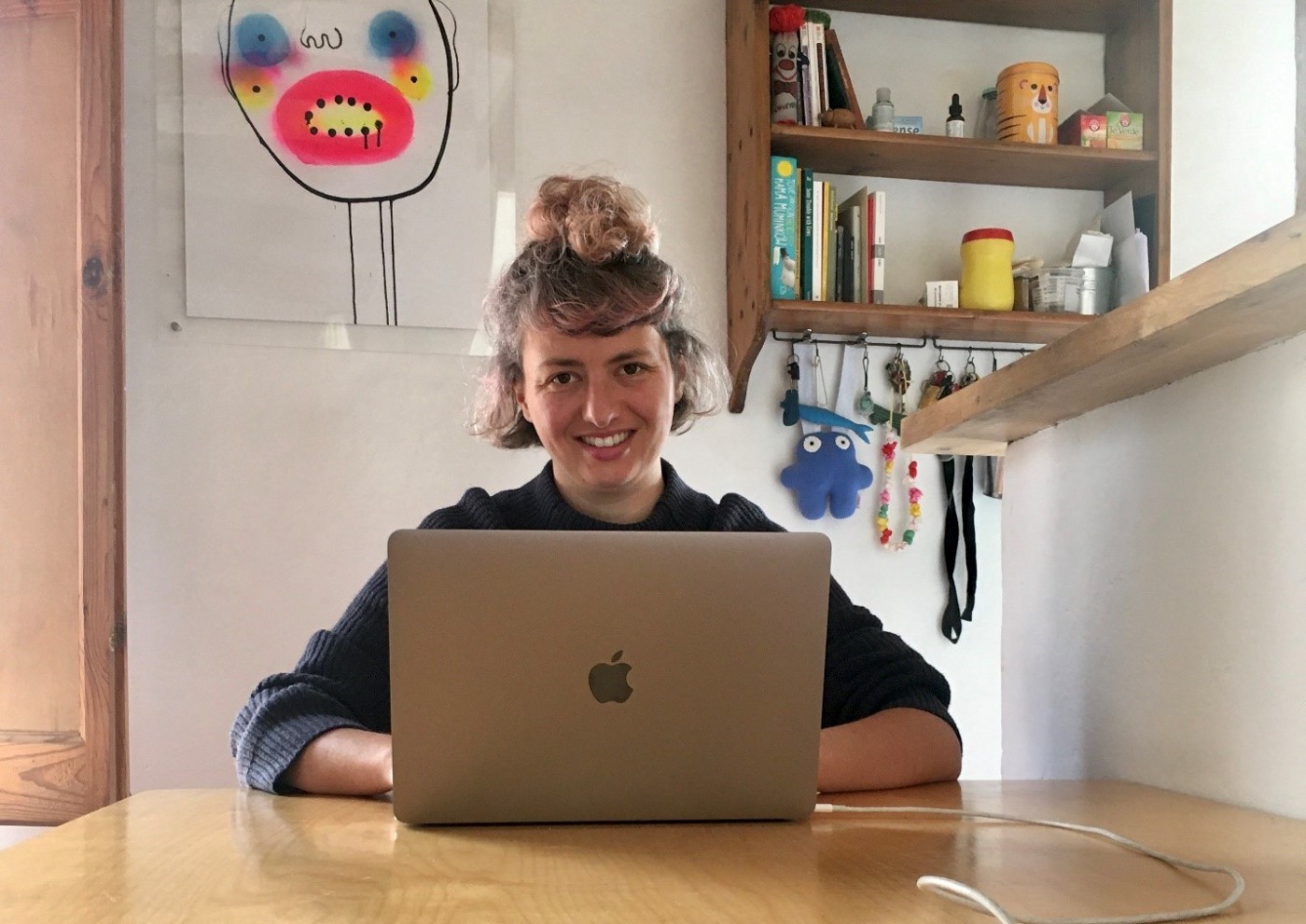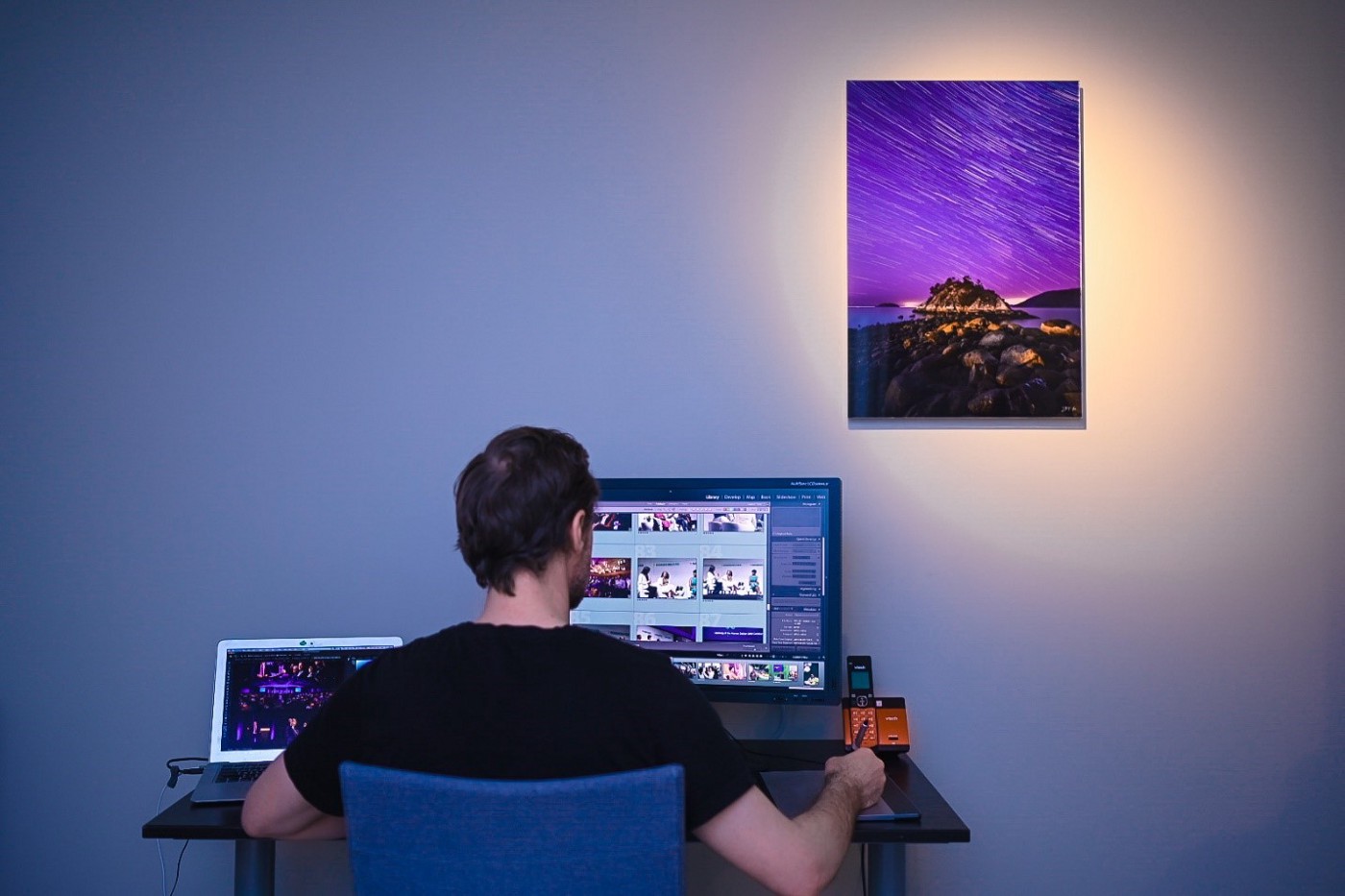In March, everything changed.
It was an unusually warm day in Vancouver when the announcement from Geneva hit the news. Many expected it, but there was something at once harrowing and surreal about the confirmation of a global pandemic. On March 11, there were 110 cases of COVID-19 in Canada. Less than a month later, we’re topping 18,000 — an increase of over 16,000%.
Over the last few weeks, societies, healthcare systems, businesses, and workers have been grappling with what seems to be daily changes associated with the spread of COVID-19. Many organizations moved quickly to remote operations — my own, comprised of more than 70 people across 10 cities, was 100% remote by the third week of March. Some businesses were lucky enough to do this relatively easily, others struggled. Some transitioned with minimal impacts to operations, others faced colossal shifts not previously encountered or planned for.
Only three months ago, investors were calling for the TSX to shatter records in 2020. On March 23, it closed at record low of 11,228.49. COVID-19 has no doubt turned life upside down and, at least for the time being, it is forging a new normal for businesses and workers alike.
Business activity slowing down across the board
Large-scale and unprecedented decline in economic activity is barreling down on global growth. Marked down to 0.4% growth for 2020, decline in activity will be very steep, says the S&P. Businesses around the world are scrambling to adjust and refocus in light of these realities, as governments implement economic interventions to mitigate or curb the fallout as much as possible.
This leaves fundamental challenges of disrupted supply chains, new work environments, and a need to reduce or eliminate all non-essential activity.
For many companies, disruptions in supply chains will produce immediate and cascading effects. These are now further compounded by social distancing measures and the broad move to remote work. Timely access to materials from manufacturers is one component, but it often needs to be coupled with additional processes at home once products arrive. Without these two pieces working together, the link between products and customers can break. For companies like Bauer, a hockey equipment manufacturer, these connections are crucial. Bauer’s Senior Director of Skate Development, Garnet Alexander explains the company’s supply chain process:
“[Product] development depends on two things: getting samples from overseas partners that manufacture them, then testing them here. Right now, there have been weeks of delay in receiving samples and further delay in testing.”
Alexander goes further to explain the quickly forming bottleneck.
“Normally, [samples] would be delivered to the office and then about 10 people would meet to review and test them. With everyone now working from home, things have slowed down a lot.”
Alexander stresses that for them, the challenges won’t end by “fixing” the supply chain. Strict social distancing measures, while necessary to flatten the curve, mean that more businesses, and especially non-essential services, are closed. This includes retailers.
“It’s been very difficult to operate under the current environment; no one is buying. We make ice hockey equipment, but no one is playing [hockey] and most retailers are closed.”

Garnet Alexander’s home office in Blaineville, QC.
The grinding pace of consumption or “buying” is impacting nearly every sector; even those in the digital space. While new technologies like Augmented Reality (AR) or Virtual Reality (VR) have been recently thrown into the spotlight as the backbone of the future of work, Dan Burgar, President of Vancouver’s VR/AR Association, says that many are still two to four years away from mass adoption. In the meantime, he worries about how COVID-19 will impact this booming industry.
“VR and AR are emerging technologies; while there is excitement about them, there hasn’t been a ton of funding on the VC side, especially from Canadian investors. Many VR and AR companies have had to look abroad to areas like Silicon Valley for the bulk of their funding. Depending on how long this current reality persists, I worry that companies will see that [international VC funding] dry up. People just aren’t spending, in general, and emerging technologies are very risky.”
Burgar’s concerns about spending extend beyond venture capital. Specifically, he thinks that COVID-19 can slow down tech investment broadly.
“I am concerned that funds, which were initially meant to go to innovation — for tech like VR, AR, AI, and others — are now going to be repurposed to other areas while we are dealing with the COVID-19 outbreak.”
Burgar understands the nation-wide need to shift gears and focus on support for critical healthcare infrastructure and other areas, but he also stresses how important it is for organizations like his to maintain open communication with the government during this time.
“We are maintaining strong communication with the government,” he says. “We have to make sure that the [VR/AR] industry doesn’t crumble as a result of this crisis.”

Dan Burgar, donning a VR headset, at his office in Vancouver, BC.
Challenges of supply chain fissures and dwindling investment are not unique to Canadian businesses. COVID-19 is rapidly spreading across the globe, with the epicentre having moved first to Europe and now to the US. In Europe, counties like Italy and Spain are among the hardest hit.
Currently under lockdown in Barcelona, Aleksandra Zemke, Founder of edtech company Smilemundo, faces new and growing challenges to maintain her business. Despite having a product grounded in technology (rather than extensive physical supply chains), Zemke says Smilemundo has been drastically impacted by COVID-19.
“We work primarily in the field of education and, in our case, all training, seminars and conferences that we had planned are now cancelled.”
While event cancellation has created notable challenges, Zemke goes further to highlight that the business has taken a blow in another way as well.
“We also design custom educational content for organizations and sell licences for our educational games like Smileurbo. With COVID-19, we are seeing a dramatic slowdown in sales and we are struggling to build new and fast alternatives under the current environment.”
“Nearly all of our income is frozen,” she notes. “Basically, we are taking a hit on all levels.”

Aleksandra Zemke in her home office in Barcelona, Spain. Artwork by Matylda Zawadzka
COVID-19’s impact on workers
While COVID-19 creates ripples across the economy, many workers are also struggling to adapt and survive. For gig or freelance workers lacking assurances like paid time off or sick leave, the challenge can be daunting.
Dan Burgar points out that Vancouver is the world’s second largest hub for VR and AR, but the vast majority of the VR/AR Association’s member companies are small. Many of these businesses rely on freelance, gig, or contract workers to build and scale their products. With tightening resources, they are left to make some difficult decisions.
“In some cases, this means laying off freelancers in areas like development or design,” Burgar says. The move will leave many of the self-employed in a difficult situation.
“It’s very worrying, wondering about how some of these small and early-stage businesses will cope and what other opportunities may exist for workers at this time.”
A similar sentiment was echoed in Spain by Aleksandra Zemke. Smilemundo is run by a small team of three full-time employees. Otherwise, it relies heavily on interns, short-term contractors, and gig workers. In light of the current crisis, Zemke worries about maintaining the full-time team alongside any existing contractors.
This concern is shared by Vancouver-based freelancer and business owner, Jon Thorpe. A freelance event photographer and owner of Booth, Thorpe has covered high-profile events like the BC Tech Summit, Women Deliver, and the GLOBE Forum. However, three weeks into the COVID-19 crisis in Canada, he too is feeling the pinch.
“I specialize in conferences, trade shows, and other corporate-facing events. I also own a photo booth rental company, which itself employs a number of occasional hires as attendants. COVID-19 has had a dramatic impact on the events industry, as organizers postpone or cancel amid measures to stop the spread of the disease.”
For Thorpe, the impact of COVID-19 was immediate.
“Within the first week of the outbreak in Canada, around 50% of my bookings postponed their event. Now, more than three weeks in, 100% of bookings have been postponed or cancelled.”
Thorpe feels these impacts will not be limited only to the immediate future. Instead, he wonders how this experience will transform the industry over the next few years.
“With uncertainty about how long this pandemic will last, it is unlikely that any new leads will emerge in 2020. Maybe 2021 will see a resurgence, but I wonder how this experience will ultimately reshape the events space,” he says.

Jon Thorpe at his home office in Squamish, BC.
Strategies to weather the storm
Around the world, industries have responded in various ways, and many are exploring new business models. Dan Burgar emphasizes that the VR/AR industry is now focusing on offering solutions to deal with the crisis.
“I think this is where the opportunities are,” he says. “Mobilizing tech companies, including VR and AR companies to solve problems that we are facing as a society, like the current crisis. This will be key to showcasing their value going forward.”
While not directly tied to the COVID-19 pandemic itself, Burgar highlights a local VR company that is innovating in the healthcare sector.
“Precision OS is a surgical simulation company. Their technology is deployed at the University of Connecticut to help train new surgeons. I think healthcare is a critical space and one where VR and AR can really spread its wings,” Burgar says. “During a crisis like this, there is opportunity to push innovation.”
In Barcelona, Aleksandra Zemke also looks for ways to reshape her business and find new opportunities. One strategy is to focus on gamification.
“We are exploring the possibility to move one of our tools 100% online — it’s possible to play [Smileurbo] through Zoom, for example.”
“We did some user testing and received very good feedback,” she says. “We don’t know if this means that we will see broad interest and adoption, but it’s an option.”
Vancouver-based event photographer Jon Thorpe also highlights the need to drastically pivot as a result of COVID-19. But for him, this shift may lead to a new career altogether.
“Unfortunately, COVID-19 has effectively shut down all aspects of my businesses for the foreseeable future,” Thorpe says. “The reality is, if the situation lasts much longer than a few months, I will have to look for other revenue streams and cease my businesses.”
This is a decision not taken lightly by Thorpe. A serial entrepreneur, he has founded a total of six companies in his 15-year span in the creative tech sector. Effectively self-employed for the majority of the time, Thorpe enjoys the flexibility and freedom that freelance work allows. However, COVID-19 has already put substantial stress on his business resources, leaving him no choice but to consider other options.
“Earlier this year, I refocused my photography business on corporate events in the hope that it would result in more annual return clients and stable long-term income. This pandemic has changed all of that…I am currently exploring full-time employment, which would provide me with more reliable income, benefits, and sick leave.”
What’s next for SMEs and freelancers?
The COVID-19 pandemic is rapidly spreading across the world. As of April 8, global cases total nearly 1.5 million. Countries like Spain show some of the highest rates of infection, and in Canada, community transmission is tipping over the 65% mark. Over the last few weeks, the markets have been oscillating. We’ve seen economic troughs, followed by small peaks, followed by more troughs. It’s increasingly difficult to predict how the economy will react and how the disease will spread. It’s unclear which countries will dig their heels into lockdowns, and which will start to relax containment measures.
Despite the uncertainty, preparation and mitigation efforts still forge on. Initiatives like the recently announced 75% wage subsidy for small businesses are novel and not previously attempted in Canada. In Spain, a program called ERTE was developed for businesses to temporarily suspend workers’ contracts, while still paying their social security and allowing them to claim unemployment benefits covering up to 70% of their salary. This was followed by a historical move towards a universal basic income. In Canada, a newly minted wage subsidy doesn’t cover all costs associated with running a business, but it may be the thing that allows bootstrapped employers to maintain their workforce. On the other side of the world in Spain, the Ministry of Labour asserts that ERTE, while still in early stages, appears to be effective. Implemented as a reaction to the pandemic, the Spanish government intends to make basic income a permanent fixture.
With so many moving variables, the truth is that no one really knows what the next month, or even the next week, will bring. Our institutions will adapt, but how quickly and with which measures is uncertain. The pandemic will eventually come to an end, and the markets — however long it takes — will regenerate. At that point, perhaps we will have better visibility into the “right decisions,” the missteps, and the areas that need laser focus going forward. Things will, at some point, return to normal. What that may look like remains to be seen.
